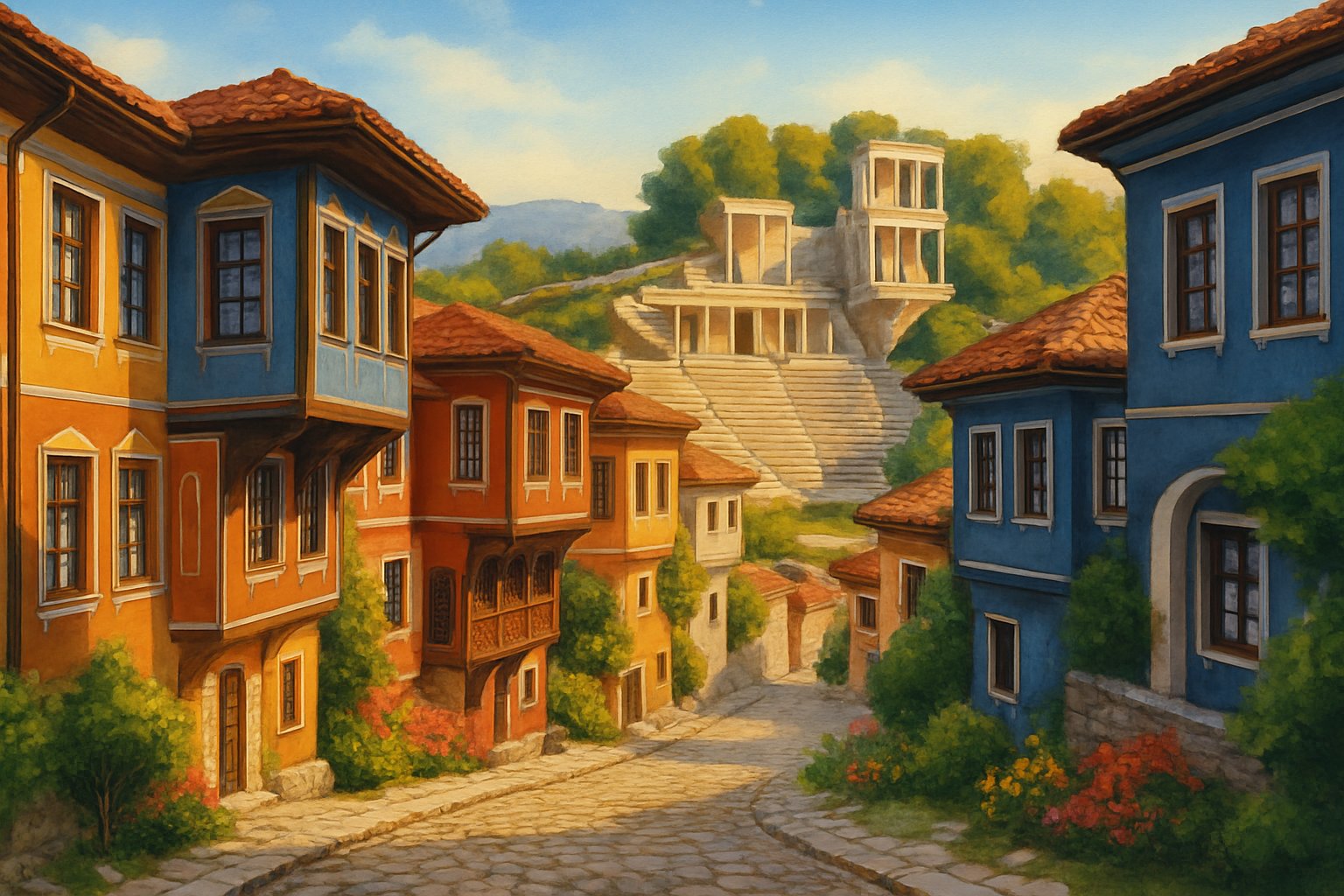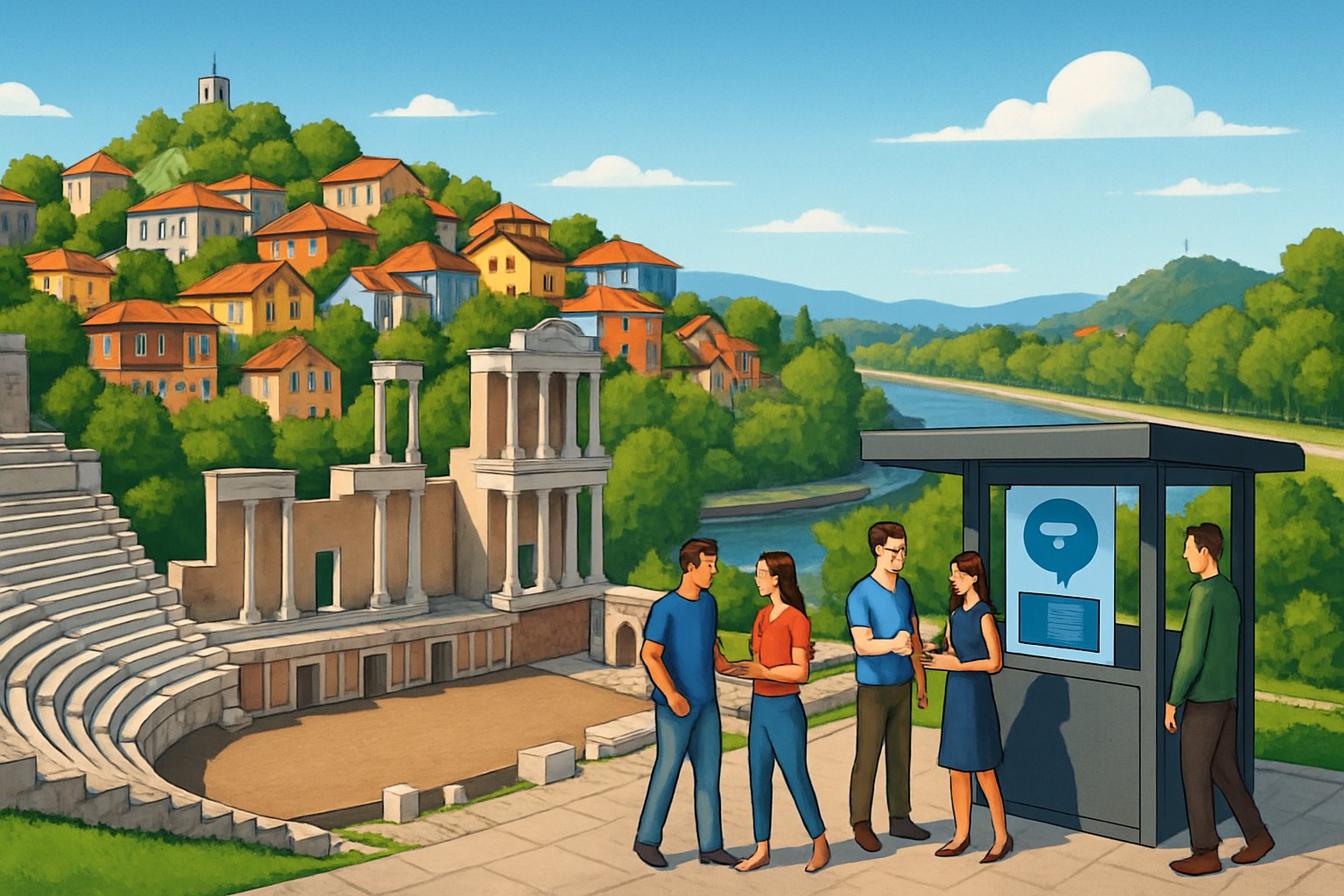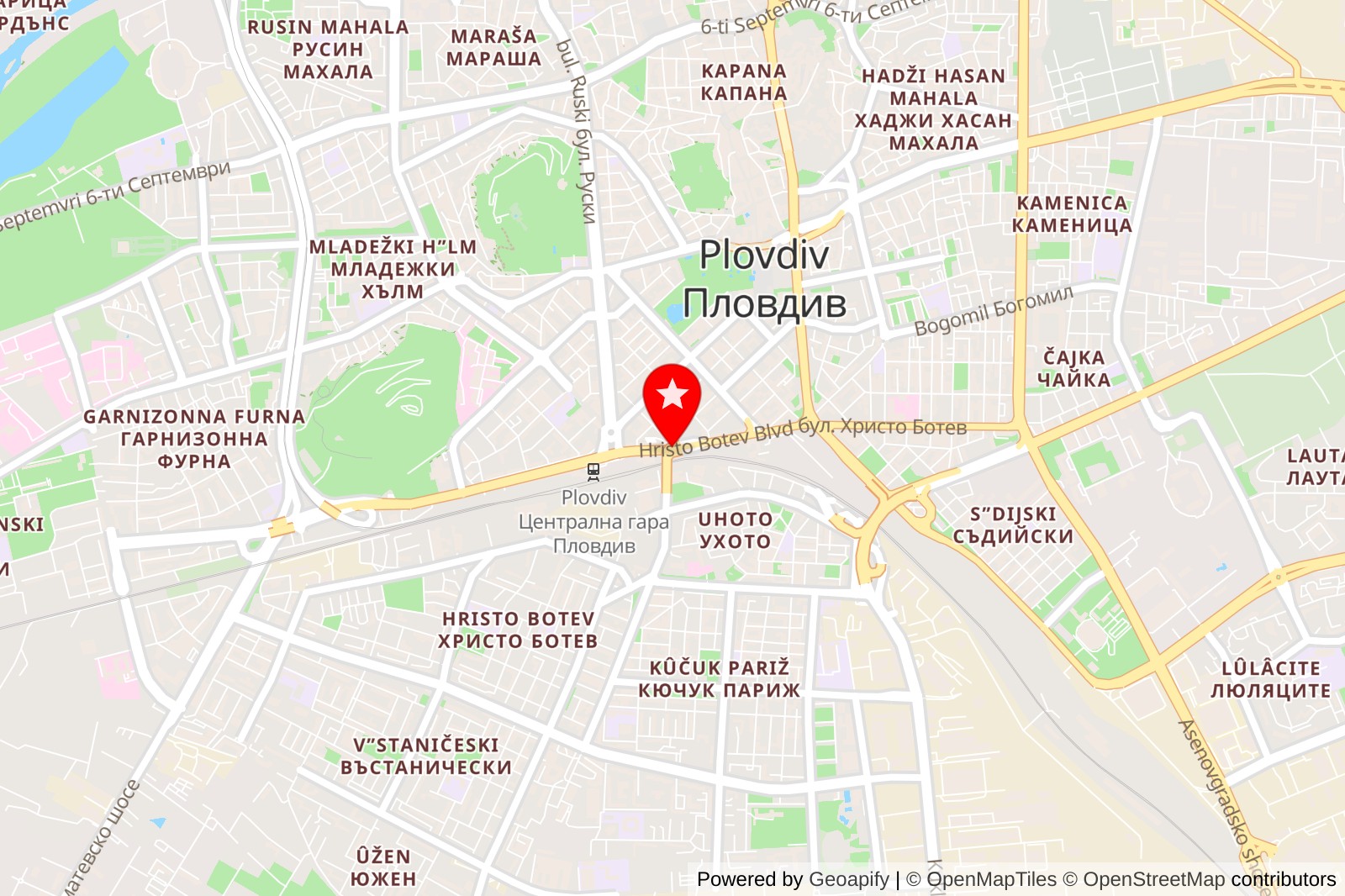Plovdiv is Bulgaria’s second-largest city and, honestly, it’s the sort of place that sneaks up on you. The city sits in south-central Bulgaria, hugging the Maritsa River and nestled among rolling hills about 144 kilometers southeast of Sofia.

If you want an authentic Bulgarian experience, Plovdiv delivers. 8,000 years of history blend with a lively contemporary vibe here.
Roman ruins peek out between colorful 19th-century houses. Art spills onto the streets, and local traditions shape daily life.
Sometimes, just wandering those cobblestone lanes or grabbing a bite in a tucked-away cafe feels like stepping into a living story.
1) Plovdiv
Plovdiv’s not just Bulgaria’s second-largest city—it’s also one of Europe’s oldest. The Thrace region gives the city its unique energy, and those seven hills? They shape everything from the skyline to the way the streets twist and turn.
We wandered the Old Town, where 19th-century houses in a riot of colors lean over narrow, winding paths. The Roman Theatre still hosts performances, and the view from up there is something else.
Plovdiv’s cultural scene is no joke. Every time we visit, there’s a craft week or a festival, and you really feel the city’s pride in its heritage.
Local officials seem to walk a tightrope, balancing preservation with the march of modernity. Construction cranes dot the horizon, but the old bones of the city stay front and center.
Location: Plovdiv, Bulgaria
Website: Visit Website
Historical Overview
Plovdiv claims the title of Europe’s oldest continuously inhabited city. Over 8,000 years of people have left their fingerprints here.
Thracian tribes, Roman emperors, and Ottoman sultans all shaped what you see today.
Ancient Origins of Plovdiv
The tale starts around 6000 BC, right on the Maritsa. Those first Neolithic settlers picked a spot among six hills rising above the plain.
The Thracians, who came next, called the city Pulpudeva. They made it a real hub for the region.
Then, in 342 BC, Philip II of Macedonia swept in and renamed the place Philippopolis. Suddenly, Greek culture took root.
When the Romans rolled in around 72 AD, General Terentius Varo Lukulus changed the name yet again—Trimontium, the City of Three Hills. That era brought a new level of importance.
Roman and Ottoman Influences
Trimontium sat on a main military road, making it a crossroads between Europe and Asia. The Romans poured money and ambition into the city.
You can still walk through their legacy: theaters, stadiums, and forums that have survived centuries. The Roman theatre remains a highlight—honestly, it’s almost surreal how well it’s held up.
After Rome faded, the Byzantines and then the Bulgarians took over. Eventually, the Ottoman Turks arrived, layering their own culture and architecture onto the city.
Ottoman rule lasted for ages. They built mosques, bathhouses, and those eye-catching Revival-era houses that make Plovdiv’s Old Town so photogenic.
Local Culture and Modern Living
Food here is a journey in itself. Plovdiv’s restaurants balance traditional Bulgarian flavors and a growing international scene.
Festivals are everywhere, from ancient rituals to modern art parties.
Traditional Cuisine
Eating in Plovdiv can feel like a celebration. You’ll find classics like banitsa (that flaky cheese pastry), shopska salad (fresh and tangy), and kavarma (a hearty meat stew).
The local mehanas—those cozy taverns—bring it all together with live folk music and homemade rakia (fruit brandy). It’s hard not to linger.
Popular Traditional Dishes:
- Musaka (potato and meat casserole)
- Sarmi (stuffed cabbage rolls)
- Tarator (cold cucumber soup)
- Kebabche (grilled meat rolls)
Old Town restaurants often play with tradition, serving up old-school recipes in fresh, modern ways. The Kapana Creative District buzzes with hip cafes and fusion spots, drawing a younger crowd.
Street food’s a staple, too. Grab a hot banichka from a bakery, or corn on the cob straight from a vendor.
The central market is a feast for the senses—fresh produce, local cheeses, and sweets like lokum (Turkish delight) tempt from every stall.
Annual Festivals in Plovdiv
Plovdiv’s festival calendar is packed. The Plovdiv International Fair in May brings together business and culture from all over the Balkans.
Night of Museums and Galleries lets you explore art spaces after dark for free. The city feels electric those nights.
The Plovdiv Jazz Festival every November fills venues with music and energy, even as the weather cools down.
Major Annual Events:
- Opera Open Festival (June) – outdoor performances in the Ancient Theatre
- Kapana Fest (September) – street art, music, and creative chaos
- International Festival of Chamber Music (May-June)
Plovdiv uses these festivals to bring people together—locals, visitors, young, old, everyone mixes. There’s a sense of community that feels genuine.
Since becoming European Capital of Culture in 2019, the city keeps adding new events. Lately, there’s a lot of focus on digital arts and cross-cultural projects.
Frequently Asked Questions

People usually ask practical stuff—currency, getting around, a bit of history, and where exactly Plovdiv sits in Bulgaria. Here are the basics.
What is the local currency used in Plovdiv?
You’ll need Bulgarian lev (BGN) in Plovdiv. One lev splits into 100 stotinki.
Banks, exchange offices, and ATMs are everywhere. Most places take cards, but it’s smart to keep some cash for small shops or markets.
Can you find a map that shows the layout of Plovdiv?
Absolutely. Tourist info centers, hotels, and the internet all have maps.
The Old Town, perched on three hills, is the heart of the city. The main pedestrian street, Knyaz Alexander I, links the modern center with the historic core.
Most maps highlight top spots like the Roman Theatre and Ancient Stadium.
How far back does Plovdiv’s history extend?
Plovdiv’s story goes back more than 8,000 years. That’s wild, right?
Archaeologists have found Thracian settlements from 6000 BCE. Over the centuries, Thracians, Romans, Byzantines, and Ottomans all left their mark.
What is the geographical location of Plovdiv within Bulgaria?
Plovdiv calls the Thracian Plain home, in south-central Bulgaria. It’s about 150 kilometers southeast of Sofia.
The Maritsa River runs through town, and those seven hills define its landscape. The location made Plovdiv a crossroads for centuries.
Is Plovdiv recognized as one of the oldest cities in Europe?
Yes, Plovdiv is often called Europe’s oldest continuously inhabited city. People have lived here for over 8,000 years, with no real break.
That ancient legacy helped Plovdiv earn the European Capital of Culture title in 2019. You can still see traces of every era—prehistoric, ancient, medieval—woven through the city.
What are the transportation options for traveling from Plovdiv to Sofia?
You’ve got a few ways to get from Plovdiv to Sofia—train, bus, or car. The train ride usually takes around 2.5 to 3 hours, and honestly, the countryside views are pretty great.
Buses run often and usually make the trip in about 2 hours. If you’re driving, you can expect the journey to take somewhere between 1.5 and 2 hours on the A1 highway, though traffic can always throw a wrench in your plans.

